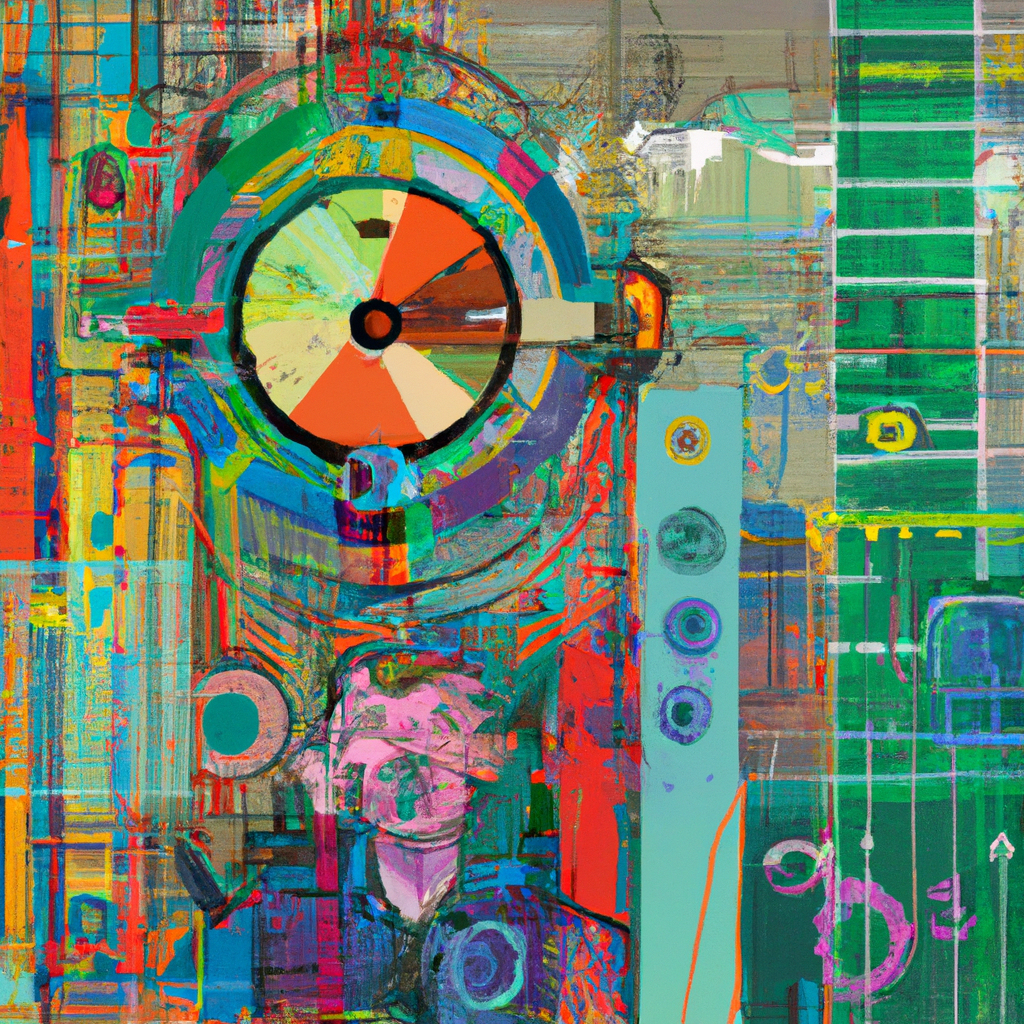Technology is continuously evolving, and one of the most significant advancements is the continual development of Human Machine Interface (HMI) design. HMI design is a critical component in the interaction between humans and machines, playing a pivotal role in enhancing operator performance.
What is HMI?
A Human Machine Interface (HMI) is a user interface or dashboard that connects a person to a machine, system, or device. While the term can technically be applied to any screen that allows a user to interact with a device, HMI is most commonly used in the context of an industrial process.
The primary goal of HMI design is to facilitate a seamless and efficient interaction between users and machines. This is achieved by presenting data to the operator in a clear and intuitive way, allowing them to understand and control the system effectively.
Data Visualization
One of the ways HMI design enhances operator performance is through improved data visualization. A well-designed HMI provides operators with clear, real-time data about the machine or system’s performance. This allows operators to quickly identify any issues or anomalies, leading to faster decision-making and problem-solving.
For instance, instead of presenting raw data in a tabular format, an HMI might use graphical representations like charts, graphs, or even virtual reality. This not only makes the data more digestible but also allows operators to see trends and patterns that would be difficult to spot in a table of numbers.
Customization Possibilities
Another way HMI design can enhance operator performance is through customization. A good HMI should be adaptable to the needs and skills of the individual operator. This means allowing operators to customize the interface to suit their preferences and working style. For example, an operator might choose to display the most critical data on the main screen, while less important information can be accessed through secondary menus. This level of customization can significantly improve efficiency and reduce the likelihood of errors.
Managing Cognitive Load
HMI design can also improve operator performance by reducing cognitive load. Cognitive load refers to the amount of mental effort required to use a system. By presenting information in a clear and organized manner, a well-designed HMI can minimize cognitive load, allowing operators to focus more on their tasks and less on figuring out how to use the system.
Well Designed HMIs Improve Plant Safety
Lastly, a well-designed HMI can enhance operator performance by improving safety. By providing clear, real-time information about the system’s status, an HMI can help operators identify potential safety issues before they become serious problems. This can lead to a safer working environment and fewer accidents.

